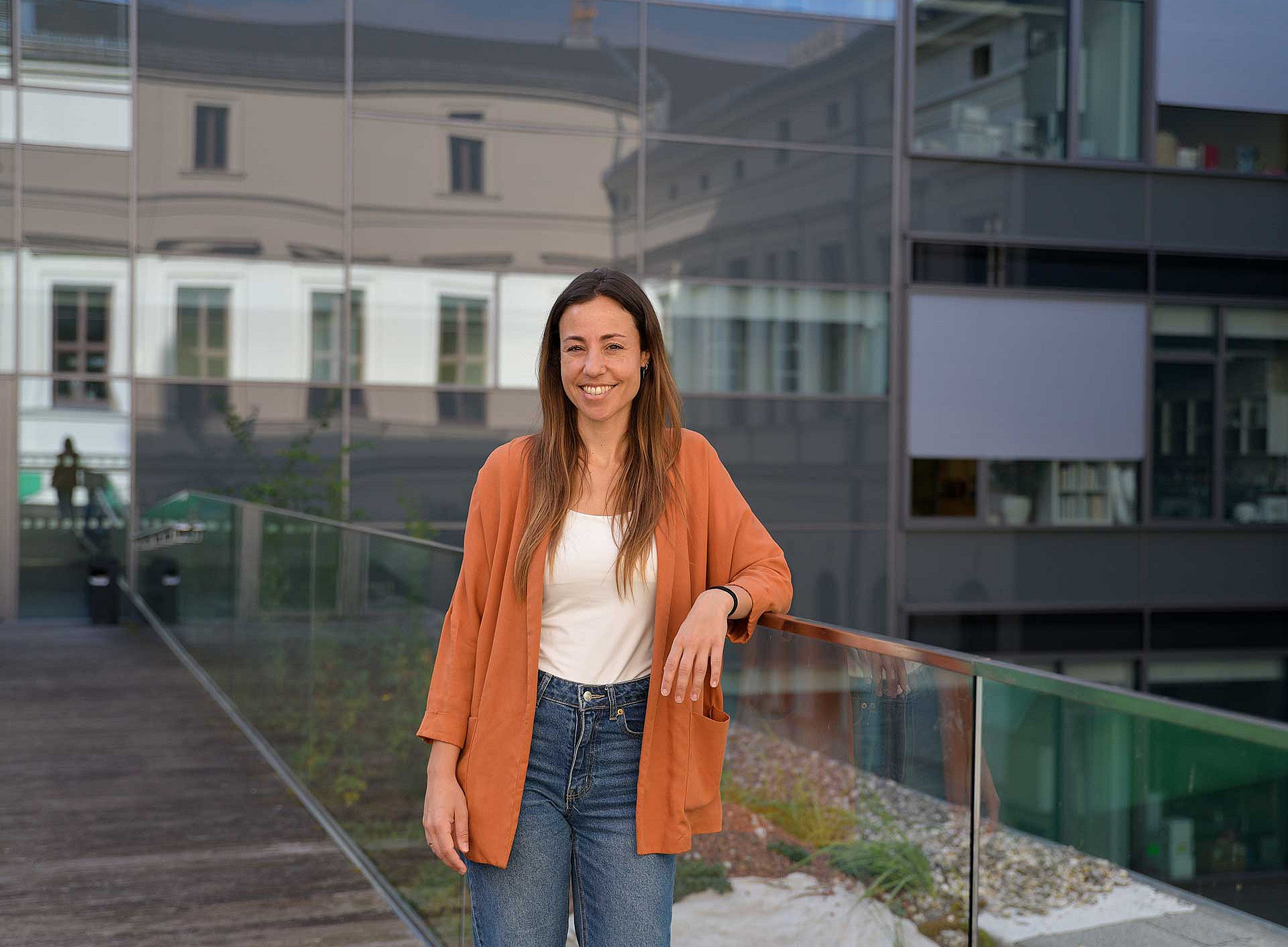Not only is our environment full of them, microplastics are also accumulating in sewage treatment plants. “Up to 95 per cent of larger plastic pieces can be removed using existing methods,” reports chemist Raquel Gonzalez de Vega. “However, tiny particles smaller than 20 micrometres are often overlooked,” confirms the scientist from the department of Chemistry at the University of Graz.
In the future, an additional treatment step will be required to better target these contaminants. A new EU wastewater directive obliges large sewage treatment plants to add a fourth stage, which includes the use of ozone, among other methods, to remove micropollutants such as residues from cosmetics and medicines, for example.
“But the microplastics do not disappear. They become smaller and smaller due to ozone, which causes oxidation of the plastic,” Gonzalez de Vega found in the course of her analyses.
Small particles, great effect
These plastic-nanoparticles are not only tiny, they are also extremely mobile. “The smaller they become, the greater their potential environmental impact,” warns the chemist, “because they may interact more readily with organisms and ecosystems.” The paradox here is that sewage treatment plants intended to protect the environment from plastic waste, may also act as a source of new microparticles.
Building on this findings, Gonzalez de Vega and her team plan to tackle this problem in further research. “We want to combine ozone with UV light and test the use of other catalysts to better assess and control micro- and nanoplastic formation” says Raquel Gonzalez de Vega.
The findings were recently published in the Journal of Analytical Atomic Spectrometry which highlights Raquel Gonzalez de Vega as an emerging analytical scientist.
